Guanhei Technology-New Long-acting Antibacterial and Antibacterial Material
The use of antibacterial agents to inhibit and kill harmful bacteria is an important method to improve human health. Traditional antibacterial agents, such as antibiotics and quaternary ammonium salts, will not only lead to the resistance of microorganisms, but also cause serious environmental pollution. In 2010, Huang Qing's research group of Shanghai Institute of Applied Physics, Chinese Academy of Sciences discovered the antibacterial effect of graphene materials for the first time.
Studies have shown that graphene is currently the least biologically toxic nanomaterial. Graphene can not only destroy the bacterial cell membrane through contact cleavage, but also directly extract the phospholipid molecules on the cell membrane to destroy the cell membrane and kill the bacteria. . The study combines theoretical simulations and experimental results. Computer molecular simulations indicate that the unique two-dimensional structure of graphene allows it to interact with phospholipid molecules on bacterial cell membranes, resulting in a large number of phospholipid molecules detaching from the cell membrane and adsorbed to graphite The surface of alkene (see Figure 1). Transmission electron microscopy experiments directly observed the large-scale cavity structure produced by the action of bacterial cell membranes and graphene oxide (see Figure 2), which provided experimental evidence for the theoretical calculation results. This molecular mechanism of extracting cell membrane lipid molecules to kill bacteria well explains the antibacterial mechanism and cytotoxicity principle of graphene-based nanomaterials.
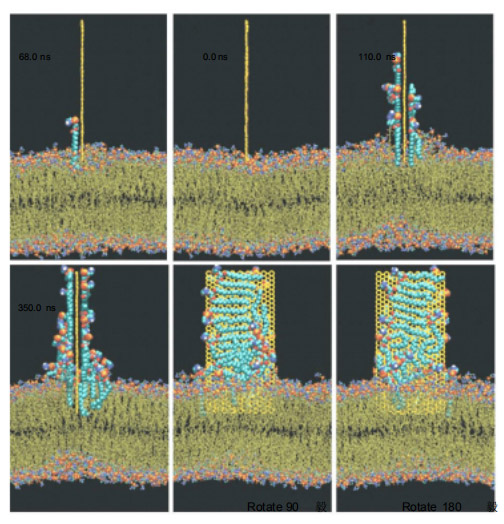 |
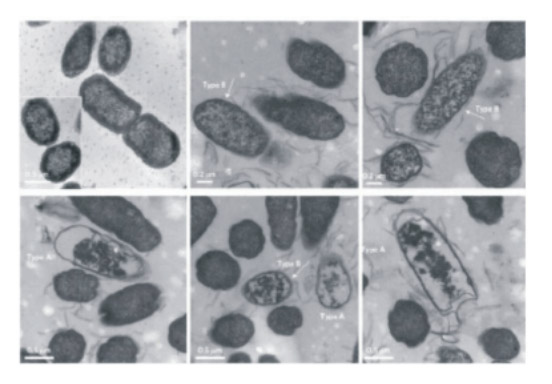 |
| Figure 1 Computer simulation of graphene extraction of lipid molecules on cell membranes | Figure 2 Transmission electron micrograph of bacteria after interaction with graphene oxide |
(Pictures 1 and 2 are reproduced from Liu Haohuai et al.: Research progress on the antibacterial properties of graphene and its derivatives)
After testing by authoritative organizations, the graphene nylon 6 of our company's staphylococcus aureus, Klebsiella pneumoniae, and Candida albicans have an antibacterial rate of more than 90% (Figure 3 and Figure 4 are our graphene nylon 6 antibacterial Antibacterial performance test data)

Figure 3 Knitted fabric (graphene nylon 6 62%, spandex 38%) antibacterial and antibacterial performance test data
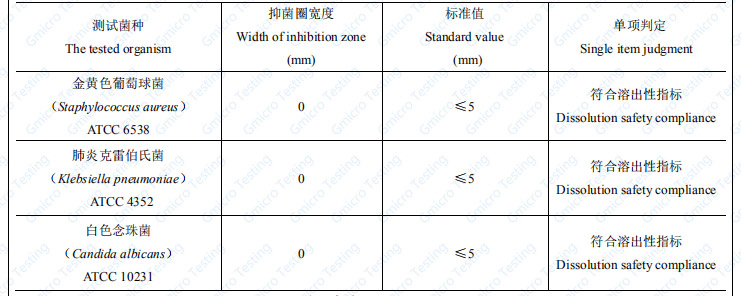
Figure 4 Knitted fabrics (graphene nylon 6 62%, spandex 38%) antibacterial and antibacterial performance test data
-
Tel
17318817300
17318817305 -
E-mail
jy@highbery.cn
mhm@highbery.cn
 Wechat
Wechat Tik Tok
Tik Tok
Keywords: Henglibao graphene graphene PA6



Address: Factory Building 12A East, West Taihu Graphene Technology Industrial Park, Wujin District, Changzhou City, Jiangsu Province
苏ICP备20019413号-1 Powered by:www.300.cn Changzhou Copyright © 2019 Highbery Nano New Material
National Service Hotline

 Subsidiaries
Subsidiaries


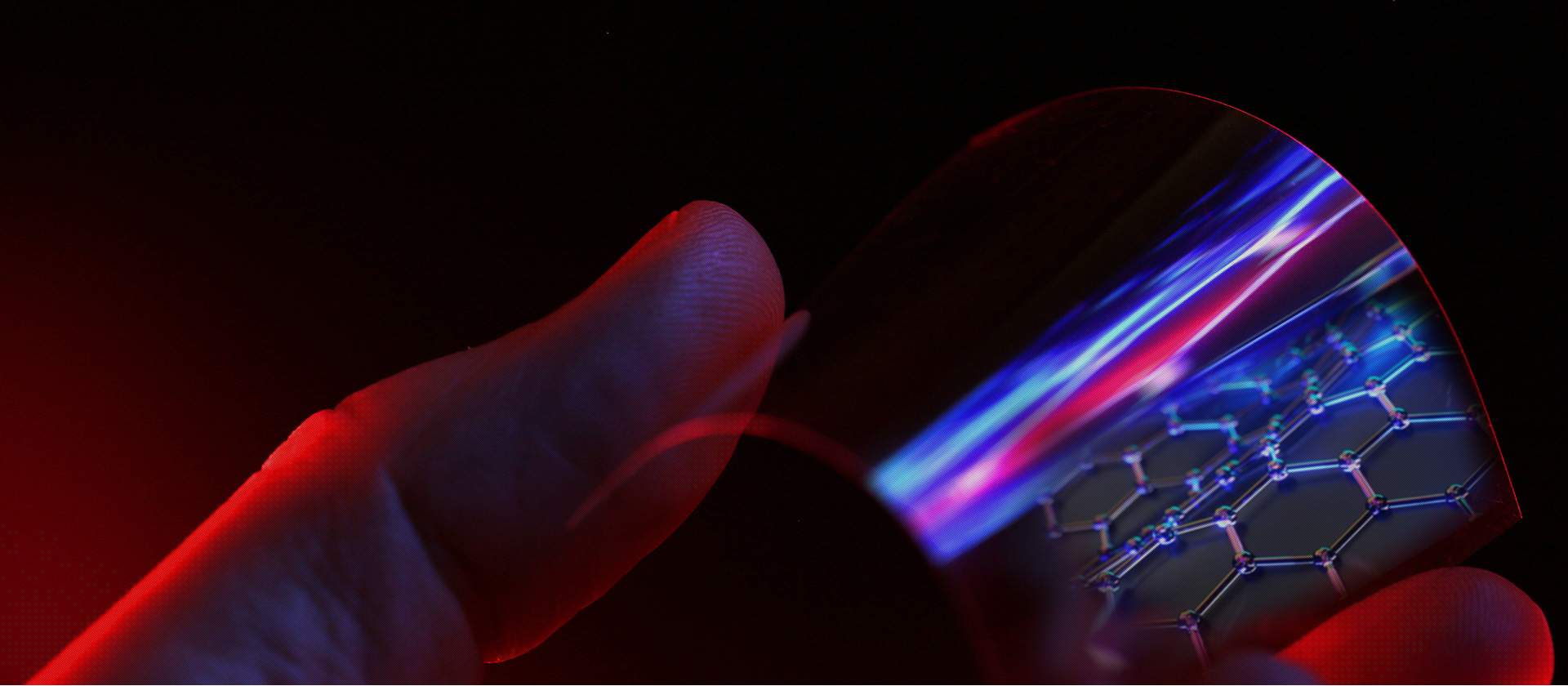

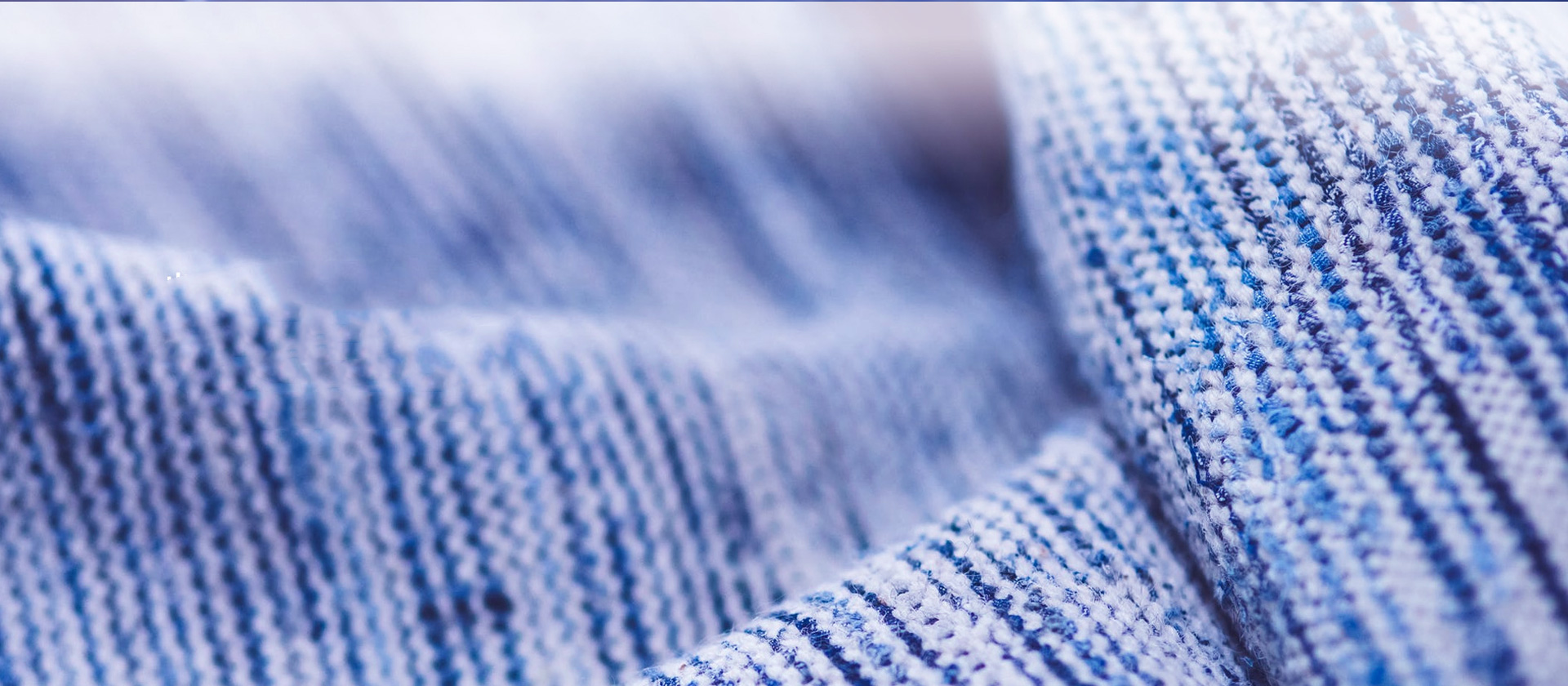
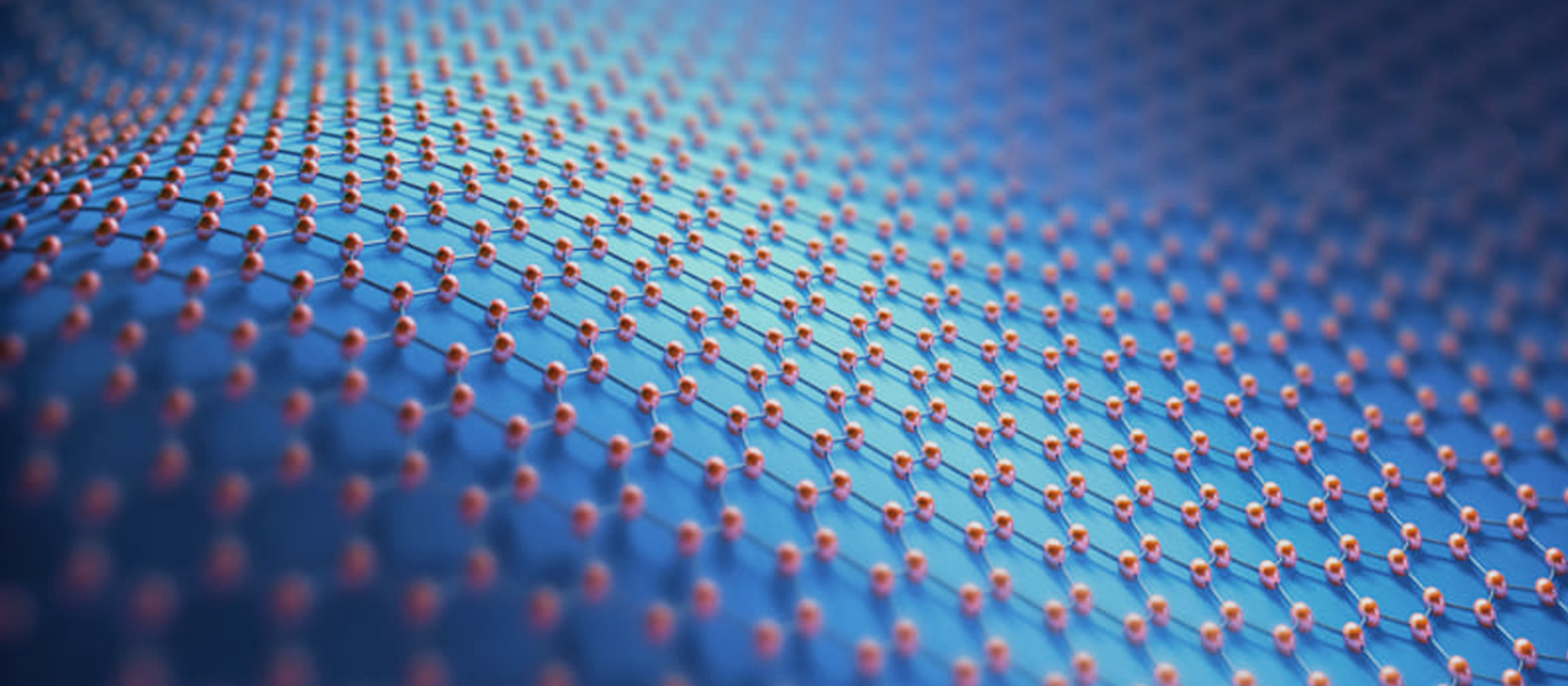
 The world's first industrial mass production
The world's first industrial mass production